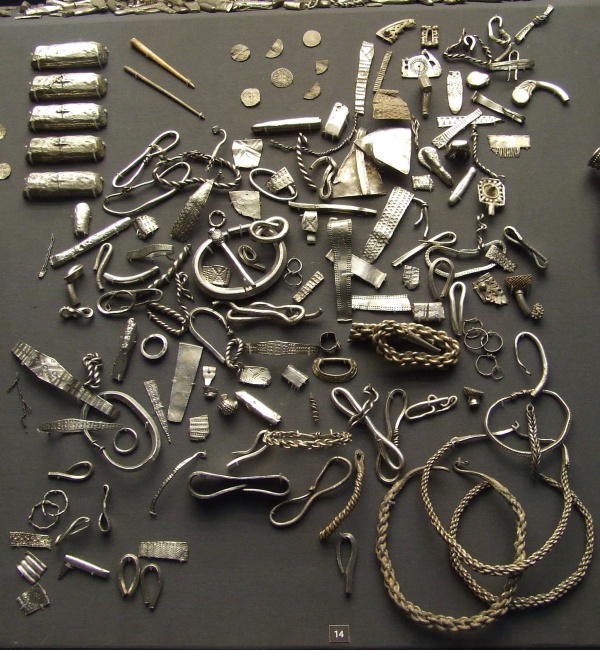Facts About Cuerdale Hoard
The Cuerdale Hoard, unearthed on May 15, 1840, near Preston, Lancashire, England, is a remarkable archaeological find. It comprises over 8,600 items, including silver coins, jewelry, hacksilver, and ingots, making it one of the largest Viking silver hoards ever discovered in Britain or Ireland. The collection includes coins from Viking kingdoms in eastern England, Alfred's Kingdom of Wessex, and various foreign sources.
The hoard was discovered by workmen repairing a river embankment. Once uncovered, it was declared a treasure trove. Today, most of the hoard is housed at the British Museum in London, with select pieces displayed at the Ashmolean Museum in Oxford and the Château-Musée de Boulogne-sur-Mer.
Experts believe the hoard dates back to between 903 and 910. It may have been buried by Irish Norse exiles who planned to return to Dublin. Numerous theories about the hoard's ownership and purpose for burial exist, but there has been limited archaeological investigation at the site to confirm these speculations.
Local folklore has long suggested the presence of hidden treasures in the area, adding a layer of intrigue to the discovery. Numismatists are particularly fascinated by the rarity and origins of some of the coins, speculating on possible connections to Viking leaders or English churches in the Danelaw.
The Cuerdale Hoard continues to captivate historians and archaeologists, with ongoing debates about its original owner and the circumstances surrounding its burial. The diverse contents of the hoard, including Anglo-Saxon and European coins, offer a fascinating glimpse into the turbulent times of Viking invasions and the political landscape of the era.

 Ireland
Ireland